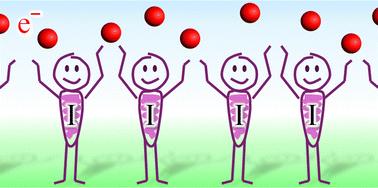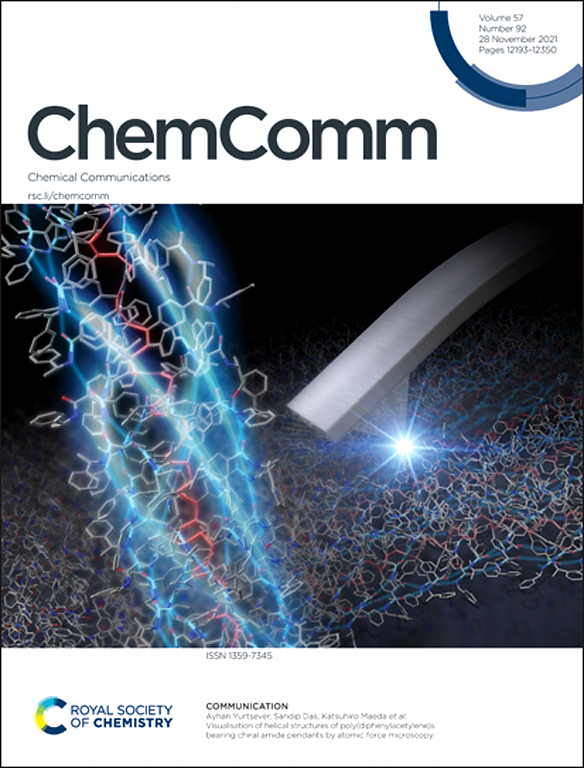重新思考聚碘化物:缺电子多中心键的作用
IF 4.2
2区 化学
Q2 CHEMISTRY, MULTIDISCIPLINARY
引用次数: 0
摘要
尽管已有二百多年的历史,但人们对聚碘化物及相关体系的兴趣依然高涨。时至今日,这些多阴离子中错综复杂的化学键性质所带来的化学难题仍然具有挑战性。卤素键的出现以及人们对卤素体系超分子相互作用的兴趣日益浓厚,进一步激发了人们的兴趣。在材料领域,局部键合细节最终会产生理想的宏观特性,这进一步推动了相关研究的发展。在本文中,我们阐述了考虑不同的聚碘化物成键方案的后果,这种方案明确使用了该领域的新兴概念--缺电子多中心键(EDMB)。我们采用修订后的路易斯点公式重新解释了聚碘化物的成键,从而使人们对其成键有了更清晰的理解。该模型具有通用性,可应用于其他相关问题(如聚碘阳离子、其他同族和异族多卤化物)。我们的替代叙述对一些传统和当前的热门话题产生了一些有趣的影响,包括聚碘化物基本构件的性质、超配位与超配位、共价键与超分子相互作用的区别以及次级键和卤素键的性质。本文章由计算机程序翻译,如有差异,请以英文原文为准。

Rethinking polyiodides: the role of electron-deficient multicenter bonds†
Despite a bicentennial history, the interest in polyiodides and related systems still flourishes. The chemical puzzle provided by the intricate nature of chemical bonding in these polyanions remains challenging these days. The advent of the halogen bond and the spreading interest in supramolecular interactions of halogen-based systems promoted further recent interest. Research in the area of materials, where local bonding details eventually result in desired macroscopic properties, provided a further boost. Herein, we illustrate the consequences of contemplating a different bonding scheme for polyiodides, one making explicit use of electron-deficient multicenter bonds (EDMBs), an emerging concept in this area. We present a reinterpretation of polyiodide bonding using a revised approach to the Lewis dot formulas, leading to a clearer pen-and-paper understanding of their bonding. The model is general and can be applied to other related problems (here polyiodonium cations, and other homo- and hetero-polyhalides). Our alternative narrative has a few interesting consequences on several traditional and currently hot topics, including the nature of basic building blocks for polyiodides, hypervalency vs. hypercoordination, the distinction between covalent bonds and supramolecular interactions, and the nature of secondary and halogen bonds.
求助全文
通过发布文献求助,成功后即可免费获取论文全文。
去求助
来源期刊

Chemical Communications
化学-化学综合
CiteScore
8.60
自引率
4.10%
发文量
2705
审稿时长
1.4 months
期刊介绍:
ChemComm (Chemical Communications) is renowned as the fastest publisher of articles providing information on new avenues of research, drawn from all the world''s major areas of chemical research.
 求助内容:
求助内容: 应助结果提醒方式:
应助结果提醒方式:


